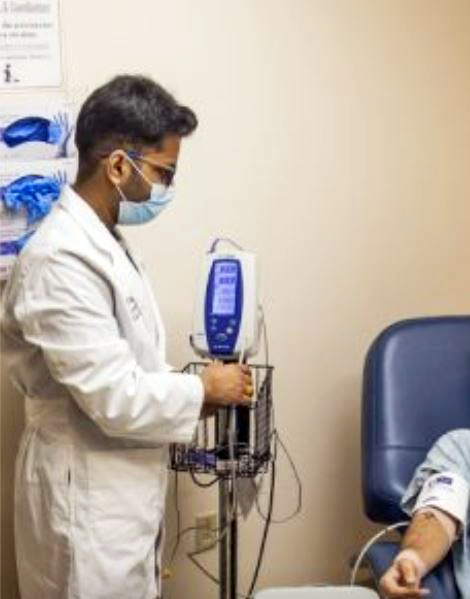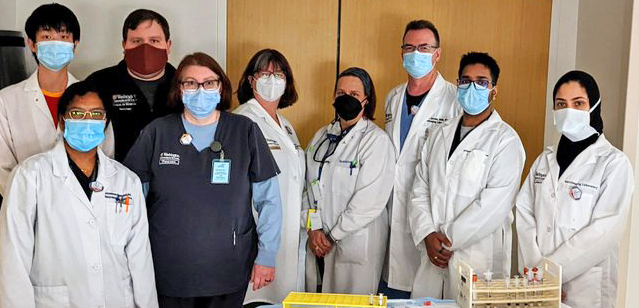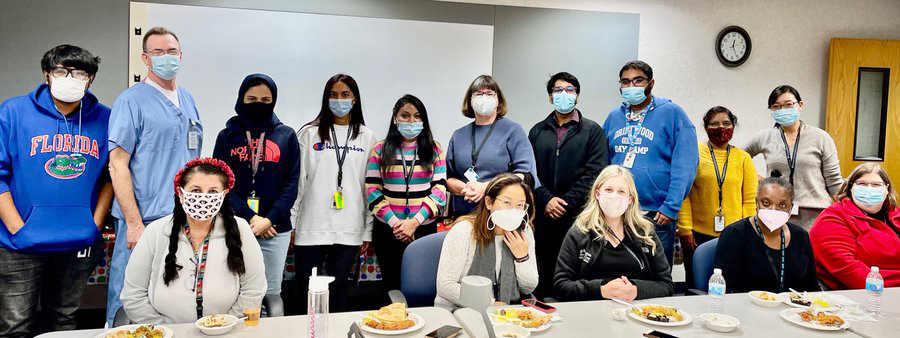By Dr. Saurabh Jindal
Hard work can teach many incredible skills, such as patience, perseverance, and, most importantly, falling in love with your work. I have been deeply fascinated by human anatomy for as long as I can remember. As a child, I would spend hours flipping through the pages of my parents’ anatomy textbooks. This curiosity, combined with a desire to care for the sick, ultimately led me to pursue a career in medicine.
I discovered the versatile and multifaceted specialty of diagnostic radiology during my third year of medical school. Having completed a bachelor’s degree in electronics engineering before joining medical school, it did not take too long for me to realize that this specialty provided me with the unique opportunity to combine my passion for human anatomy with my technological expertise in engineering. I completed a residency in diagnostic radiology from a high-volume, multi-specialty tertiary care hospital in India that catered to a population of around one million. Here, I received hands-on training in various imaging modalities, including ultrasonography, Doppler imaging, computerized tomography, and 3.0T magnetic resonance imaging.

Each day, I witnessed the central role that the radiologist played in providing critical information to physicians that directly affected patient management. This was particularly highlighted during my night calls, where we were entrusted to make emergent diagnoses like stroke, intestinal perforation, and thromboembolism, so that appropriate life-saving measures could be instituted on time. In addition to my clinical responsibilities, I was actively involved in research during my residency. For my postgraduate dissertation, I established an interdepartmental research collaboration with the Department of Neurology to study epilepsy with advanced magnetic resonance imaging. I subsequently presented this work as a platform presentation at a national conference.
My interest in advanced imaging eventually led me to seek a postdoctoral research fellowship at the Neuroimaging Lab at Washington University School of Medicine in St. Louis under the mentorship of Dr. Tammie Benzinger. I worked on various dementia and brain tumor projects. My prior experience with advanced imaging and my ability to quickly adapt to a new setting allowed me to serve as an advanced imaging assistant for surgical cases at Mallinckrodt Institute of Radiology. The lab environment was very welcoming for an international medical graduate. I was even able to celebrate the festival of lights, Diwali, with my work family, which was a great joy, especially during a time of the year when many of us were missing our families.
While working as a postdoctoral associate, I started preparing for the United States Medical Licensing Examination (USMLE). I passed all the steps on my first attempt with good scores. After going through interviews, I matched into a neuroradiology fellowship program at Washington University in St. Louis. When I was a junior resident in India, I was fortunate to have the opportunity to enhance my skills as an educator by being actively involved in guiding rotating medical students and junior residents; I hope to leverage this teaching experience in my role as a fellow.
While each international applicant has a unique journey toward their desired program, I believe it is love for our chosen subjects that drives us to work hard with determination to achieve these goals. I look forward to continuing to pursue my passion for radiology in my fellowship and the rest of my medical career.


